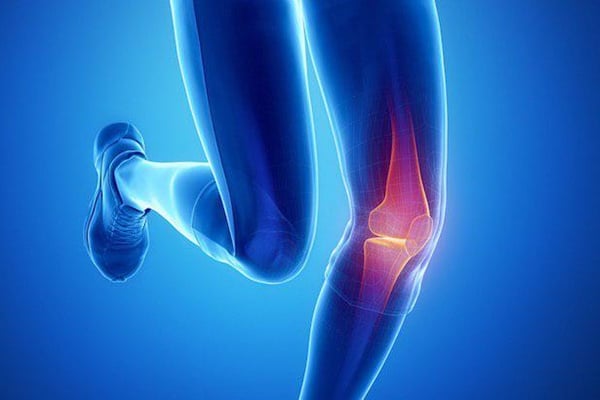Orthopedists use implants a lot in their surgeries. All artificial joints are implants. All metal parts inserted inside or put on the surface of cracked or broken bones in surgeries as well as parts used to keep broken pieces of bones together are all implants.
Implants are used widely in orthopedics. They are made of materials which do not trigger any reaction from, and are not rejected by the human body. Steel, titanium, plastic and biomaterials such as hydroxyapatite can be used to make implants.
For a brief review of Iran’s achievements in various fields of science and technology, check the book “Science and Technology in Iran: A Brief Review”
Orthopedic implants are used in the form of screws, rods and metal sheets in order to keep broken bones in the right position to expedite recovery. An operation is usually needed to put implants in place, and another surgery is required to remove them.
Orthopedic implants can be studied and evaluated from four perspectives: physical, chemical, structural and biological. In the evaluation process, parameters such as the appearance, weight, magnetic properties, material used in the production, the way of production, and environmental friendliness of implants are examined.
Bone repair operations may take several hours, and, depending on the kind of cracks, local or general anesthesia may be required. Given the type of the crack, the surgeon makes the appropriate incision and uses orthopedic implants, temporarily or permanently, to fix and treat the bone.
Recently, considerable progress has been made in the field of orthopedic implants, making their use simpler and more efficient.
